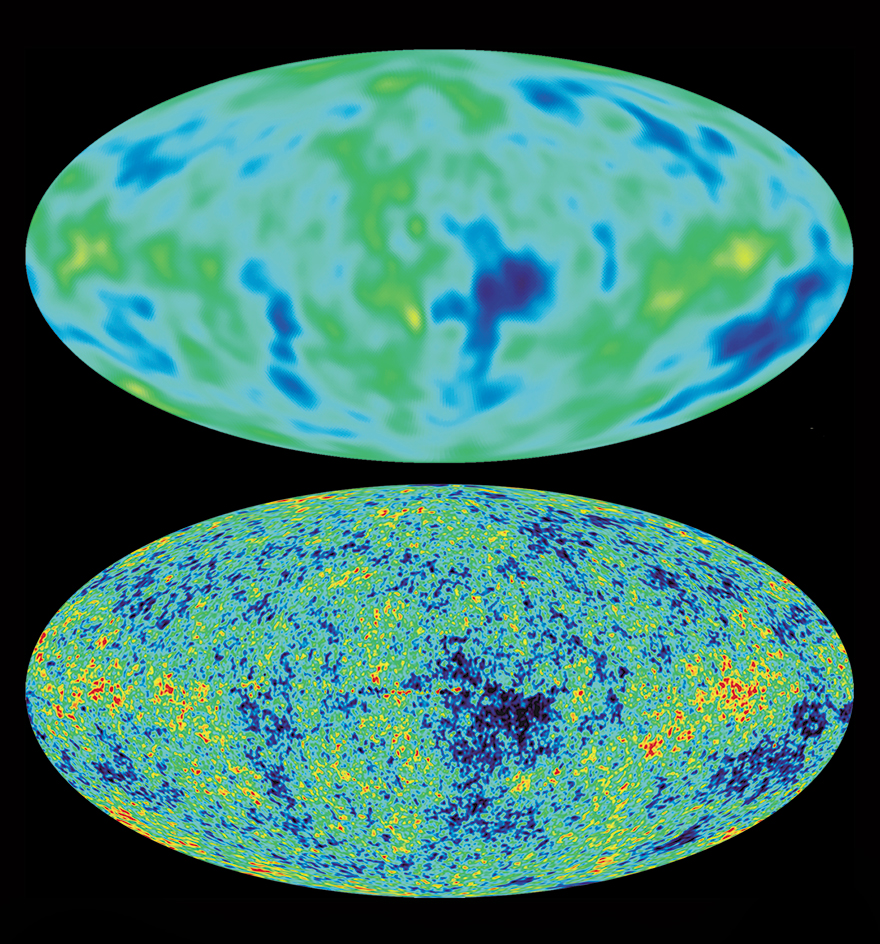Inflation theory, in physics, holds that the early universe experienced an extremely brief period of particularly rapid expansion. It serves as an important addition to the big bang theory—the idea that the current expansion of the universe began about 13.8 billion years ago in a cosmic explosion called the big bang. Inflation theory addresses key questions in cosmology, the study of the universe’s structure and development.
The American physicist Alan H. Guth developed inflation theory in the late 1970’s. He realized that certain theories of particle physics, if correct, would indicate that the early universe expanded at a highly accelerated rate for a fraction of a second. Guth found that this rapid expansion, which he called inflation, could solve an important problem in the big bang theory.

The problem concerns the cosmic microwave background (CMB) radiation, a type of energy left over from the early universe. Astronomers had shown that the CMB radiation is incredibly uniform—that is, it has nearly the same intensity in every direction. Astronomers assume that for nearly identical radiation to arrive from all regions of space, the different regions must have “communicated” at one time through interactions among their particles. However, they knew that too little time has passed since the big bang for distant regions of the universe to interact in this way. Cosmologists often refer to this problem as the horizon problem.
Inflation theory claims that particles from distant regions once crowded much closer than previously thought. At that time, the particles could have interacted sufficiently to smooth out differences between regions. Later, inflation drove the regions much farther apart.
The universe’s structure features clumps of galaxies separated by vast regions of relatively empty space. Inflation theory predicts that matter should clump in this way. It also predicts the average number of clumpy and empty regions inflation would produce. In 2002, scientists announced that a satellite called the Wilkinson Microwave Anisotropy Probe (WMAP) had produced detailed images of the CMB radiation. Studies of the images revealed that matter in the early universe clumped much as inflation theory had predicted.
The Planck spacecraft, launched in 2009, studied the CMB radiation in greater detail than any previous instrument. Unlike in previous studies, the data collected by Planck showed the universe to be slightly lopsided, with more matter concentrated on one side. Scientists do not yet know the reason for this imbalance.
See also Big bang ; Cosmic microwave background (CMB) radiation ; Cosmology .
